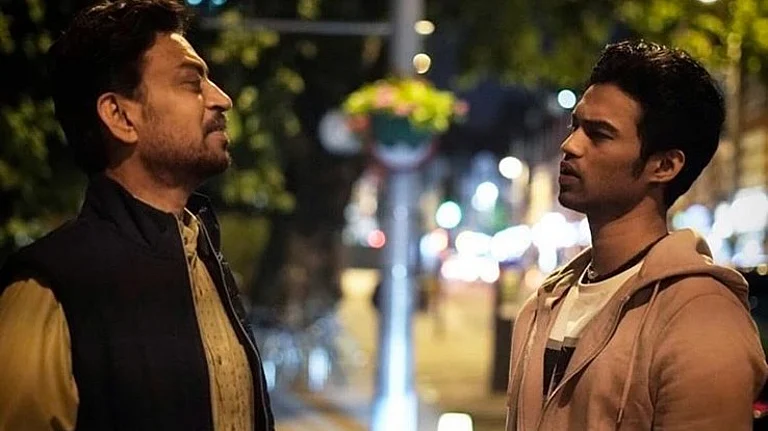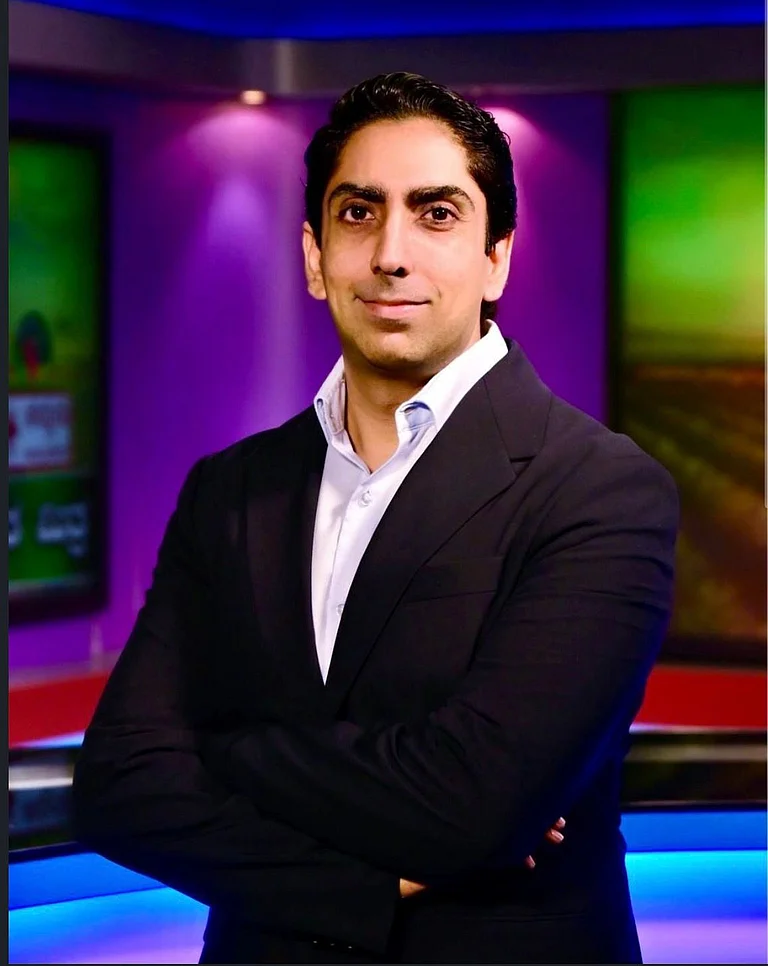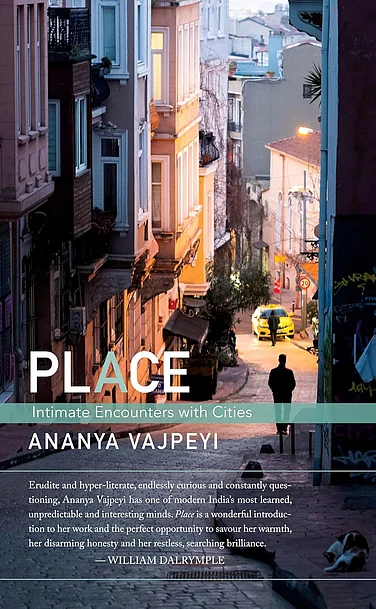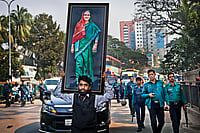Vijay Kumar is co-founder of the India Pride Project (IPP), a voluntary organization committed to tracking and bringing back images stolen from Indian temples back to where they belong. The IPP has so far brought back over 575 Indian artefacts through their network of volunteers across the world. Restoring India’s heritage items is a passion. Getting back the Kohinoor is not on his agenda. As he says, "My work is purely on sculptures but yes as colonial loot they all need to be returned. I have always maintained that Kohinoor is just a stone and our murthis are priceless’’.
Excerpts from an interview with Seema Guha.
Is the IPP initiative about getting back artefacts from India’s former colonial rulers or is your organization focused on getting back heritage items smuggled out of India and sold to collectors abroad?
Our campaign is to restitute artefacts removed from India to their original context as we believe history belongs to its geography as well as the community. Thus, we work with local communities in building a knowledge base documenting the movement of such artefacts and then verifying the context of how they moved and explore how we can bring them back home.
How many artefacts has the IPP recovered since you set up your organization in 2014?
Our work has resulted in the seizure of over 3000 artefacts for source nations including India, Nepal, Cambodia, Sri Lanka, Pakistan. Purely for India we have crossed 575 artefacts though we count those that have been handed over to India's custody and promised to India in our embassies and high commissions.
Are cultural artefacts still being stolen out of the country?
Yes. We work on capacity building with various law enforcement and border control organisations in capacity building and object identifications and hence can confirm that artefacts continue to be smuggled out of India .
How did you get involved in tracking Indian treasuries that have found their way to western museums and private collection?
My interest in Indian art and history was kindled after reading Ponniyin Selvan as work of historic fiction loosely based on the early life of Emperor Raja Raja Chola while young and exposure to puranic tales from reading Amar Chitra Katha! I started exploring heritage sites in India and Indic sites in south east Asia as a way of self learning. While doing this, I got exposed to the problem of illicit Antiquities trafficking and realised that for a long time, India never addressed this issue in the past. I have been researching this domain since 2004 and my core team of volunteers were assembled by 2007. In 2014, we formally coined the name IPP for our effort.
Do you have a team of volunteers world-wide to help you track down objects taken from India? Can you please explain how you operate? Do concerned citizens reach out to inform you about missing artefacts?
Yes. We have a global team of amateurs and experts assisting us along with law enforcement. We encourage our volunteers to submit details of art on sale, art acquisition etc outside India. Similarly, locally we engage with the community to open up and report thefts in confidence. We then research the leads to track down the artefact from our archives of old books, auction records etc . Once we have a match we work with Indian law enforcement in building a fool proof restitution claim.
Could you tell us a little bit about yourself? What do you do for a living? And how much time can you devote to IPP? What prompted you to get involved in bringing back our stolen items?
I am a shipping professional working as CEO of a large shipping company. Professionaly I am a qualified accountant and chartered ship broker in London. The day job pays for all my time with IPP as I was clear from the start that IPP will not take any monetary support from anyone. Volunteers contribute purely through their time. We do not apply for any rewards or awards or grants.
I try and spend atleast an hour a day on core cases but this goes up when we have a hot lead or an urgent art sale with suspect artefacts. Those weeks can be 14 hours where we work through the night..
I think I heard you say in an earlier interview that India needs stricter antiquity laws, meaning the current laws are too weak or not being enforced stringently?
Yes. India doesn’t even have a specific section in the IPC for heritage crime. So, offenders are currently charged under house breaking theft or under the customs act when there is smuggling.
Even in that, IPC sec 380 for house breaking theft, which carriers a max penalty of 7 years, has been incorrectly amended in Tamil Nadu in 1993 to state for temple theft maximum penalty is 3 years! So you rob a house in Tamil Nadu you get 7 years while if you rob a temple it's 3!
Your name Indian Pride Project is interesting, what did you wish to convey by this name?
Restoring India's Pride ... one artefact at a time. We have seen the ignominy of our sacred murthis reduced to show piece curios, adorning bed rooms, gardens and even swimming pools of the rich in the west, openly auctioned when the smugglers laughed at India's faith and judiciary. Thus, we are restoring not just murthis but also faith and India's Pride.



























